Every six seconds, for millions of years, comets have been colliding with one another near a star in the constellation Cetus called 49 CETI, which is visible to the naked eye.
Nov 9th, 2012
Read more
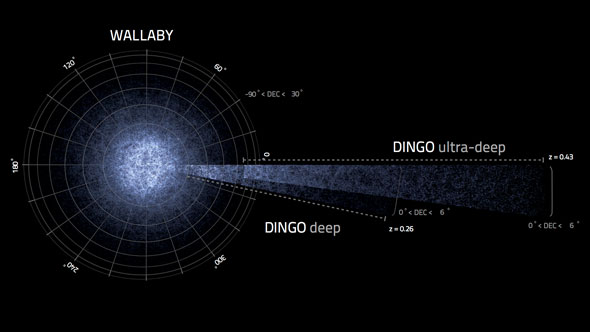 Australia?s newest radio telescope is predicted to find an unprecedented 700,000 new galaxies, say scientists planning for CSIRO?s next-generation Australian Square Kilometre Array Pathfinder (ASKAP).
Australia?s newest radio telescope is predicted to find an unprecedented 700,000 new galaxies, say scientists planning for CSIRO?s next-generation Australian Square Kilometre Array Pathfinder (ASKAP).
Nov 9th, 2012
Read more
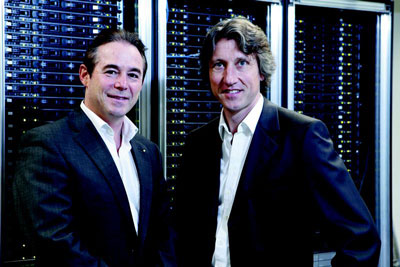 Ceremonial dedication of the PRISMA Cluster of Excellence / EUR 35 million to promote top-level research in particle and hadron physics.
Ceremonial dedication of the PRISMA Cluster of Excellence / EUR 35 million to promote top-level research in particle and hadron physics.
Nov 9th, 2012
Read more
Space is becoming increasingly polluted by man-made debris. New EU guidelines and standards will help mitigate the problem and make the space industry cleaner.
Nov 9th, 2012
Read more
Miniature satellites weighing under 100 kilograms (kg) are a less expensive and easier-to-launch alternative to large spacecraft. EU-funded scientists are developing a "thruster-on-a-chip" to provide the necessary boost.
Nov 9th, 2012
Read more
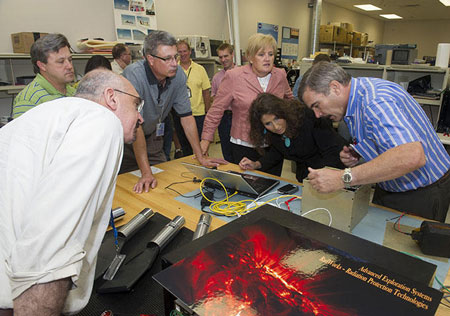 The complexities of traveling to and working in space present challenges to astronauts that NASA scientists and engineers have been working on since Neil Armstrong and Buzz Aldrin first stepped on the moon more than 43 years ago.
The complexities of traveling to and working in space present challenges to astronauts that NASA scientists and engineers have been working on since Neil Armstrong and Buzz Aldrin first stepped on the moon more than 43 years ago.
Nov 8th, 2012
Read more
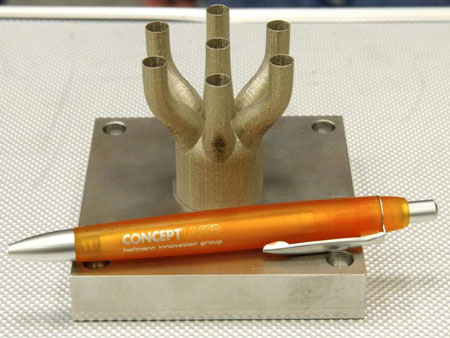 NASA's Marshall Space Flight Center in Huntsville, Ala. is using a method called selective laser melting, or SLM, to create intricate metal parts for America's next heavy-lift rocket. Using this state-of-the-art technique will benefit the agency by saving millions in manufacturing costs.
NASA's Marshall Space Flight Center in Huntsville, Ala. is using a method called selective laser melting, or SLM, to create intricate metal parts for America's next heavy-lift rocket. Using this state-of-the-art technique will benefit the agency by saving millions in manufacturing costs.
Nov 8th, 2012
Read more
Astronomers have discovered a new super-Earth in the habitable zone, where liquid water and a stable atmosphere could reside, around the nearby star HD 40307. It is one of three new super-Earths found around the star that has three other low-mass planets orbiting it.
Nov 8th, 2012
Read more
European astronomers have discovered a new source of cosmic rays emanating from the vicinity of the Arches cluster, near the centre of the Milky Way. According to the researchers, these particles are accelerated in the shock wave generated by tens of thousands of young stars moving at a speed of around 700 000 km/h.
Nov 8th, 2012
Read more
The NASA Innovative Advanced Concepts (NIAC) Program's 2012 Fall Symposium will be held Nov. 14-15, 2012 at the Crowne Plaza Hotel in Hampton, Va. NIAC examines early stage concepts that may lead to advanced and innovative space technologies critical for NASA to enable missions in the next 10 to 100 years.
Nov 7th, 2012
Read more
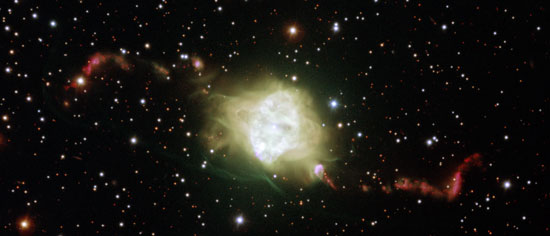 University of T�bingen astronomer Dr. Thomas Rauch has helped an international team of astronomers with their discovery of a pair of stars circling inside one of the strangest known planetary nebulae. The researchers used his new model to confirm a long-debated theory on the spectacular and symmetrical appearance of matter hurled into space by binary stars.
University of T�bingen astronomer Dr. Thomas Rauch has helped an international team of astronomers with their discovery of a pair of stars circling inside one of the strangest known planetary nebulae. The researchers used his new model to confirm a long-debated theory on the spectacular and symmetrical appearance of matter hurled into space by binary stars.
Nov 7th, 2012
Read more
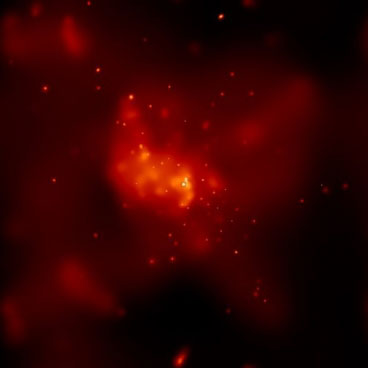 Researchers detect the brightest flare ever observed in our galaxy?s black hole.
Researchers detect the brightest flare ever observed in our galaxy?s black hole.
Nov 6th, 2012
Read more
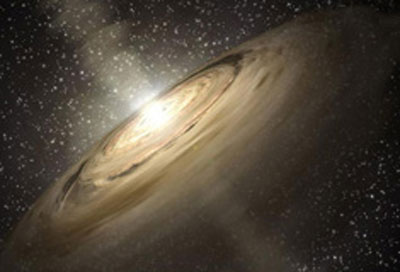 Some 4.567 billion years ago, our solar system?s planets spawned from an expansive disc of gas and dust rotating around the sun. While similar processes are witnessed in younger solar systems throughout the Milky Way, the formative stages of our own solar system were believed to have taken twice as long to occur. Now, new research lead by the Centre for Star and Planet Formation at the Natural History Museum of Denmark, University of Copenhagen, suggests otherwise. Indeed, our solar system is not quite as special as once believed.
Some 4.567 billion years ago, our solar system?s planets spawned from an expansive disc of gas and dust rotating around the sun. While similar processes are witnessed in younger solar systems throughout the Milky Way, the formative stages of our own solar system were believed to have taken twice as long to occur. Now, new research lead by the Centre for Star and Planet Formation at the Natural History Museum of Denmark, University of Copenhagen, suggests otherwise. Indeed, our solar system is not quite as special as once believed.
Nov 2nd, 2012
Read more
NASA's car-sized rover, Curiosity, has taken significant steps toward understanding how Mars may have lost much of its original atmosphere. Learning what happened to the Martian atmosphere will help scientists assess whether the planet ever was habitable. The present atmosphere of Mars is 100 times thinner than Earth's.
Nov 2nd, 2012
Read more
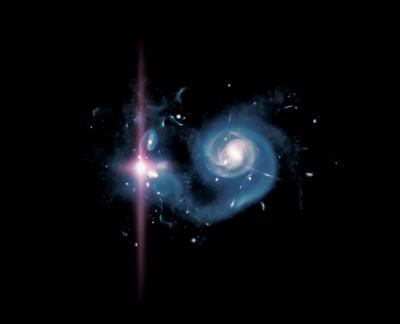 The most-distant, super-luminous supernovae found to date have been observed by an international team, including Raymond Carlberg of the University of Toronto's Department of Astronomy & Astrophysics. The stellar explosions would have occurred at a time when the universe was much younger and probably soon after the Big Bang.
The most-distant, super-luminous supernovae found to date have been observed by an international team, including Raymond Carlberg of the University of Toronto's Department of Astronomy & Astrophysics. The stellar explosions would have occurred at a time when the universe was much younger and probably soon after the Big Bang.
Nov 1st, 2012
Read more
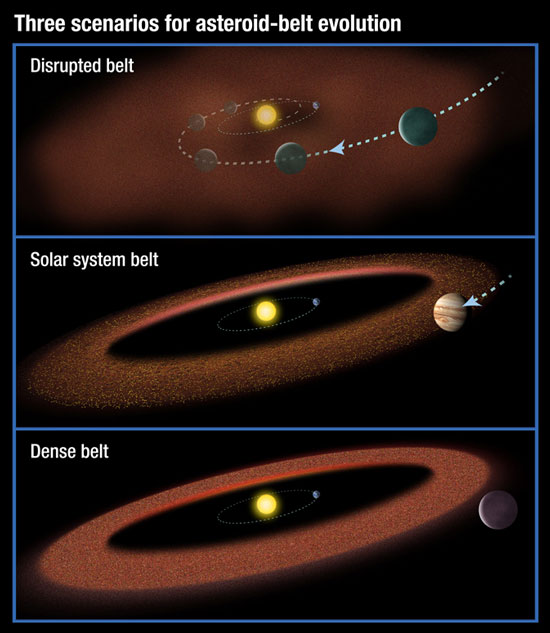 Solar systems with life-bearing planets may be rare if they are dependent on the presence of asteroid belts of just the right mass, according to a study by Rebecca Martin, a NASA Sagan Fellow from the University of Colorado in Boulder, and astronomer Mario Livio of the Space Telescope Science Institute in Baltimore, Md.
Solar systems with life-bearing planets may be rare if they are dependent on the presence of asteroid belts of just the right mass, according to a study by Rebecca Martin, a NASA Sagan Fellow from the University of Colorado in Boulder, and astronomer Mario Livio of the Space Telescope Science Institute in Baltimore, Md.
Nov 1st, 2012
Read more
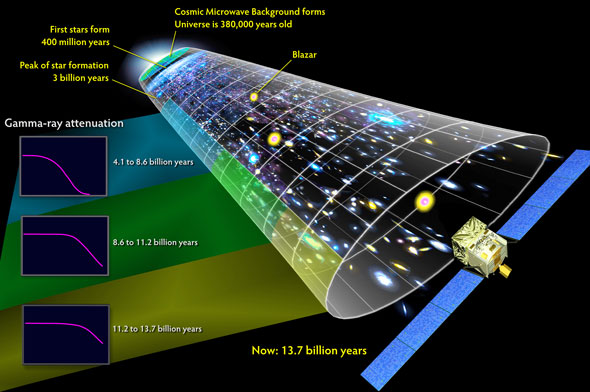 Astronomers using data from NASA's Fermi Gamma-ray Space Telescope have made the most accurate measurement of starlight in the universe and used it to establish the total amount of light from all the stars that have ever shone, accomplishing a primary mission goal.
Astronomers using data from NASA's Fermi Gamma-ray Space Telescope have made the most accurate measurement of starlight in the universe and used it to establish the total amount of light from all the stars that have ever shone, accomplishing a primary mission goal.
Nov 1st, 2012
Read more
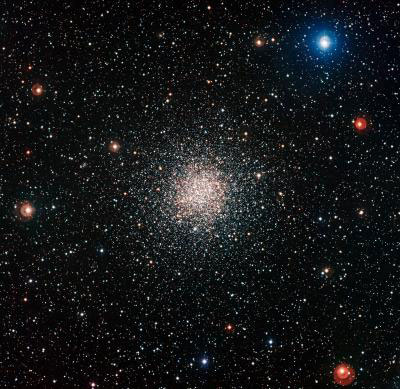 Globular star clusters are among the oldest objects in the Universe, and NGC 6362 cannot hide its age in this picture. The many yellowish stars in the cluster have already run through much of their lives and become red giant stars. But globular clusters are not static relics from the past - some curious stellar activities are still going on in these dense star cities.
Globular star clusters are among the oldest objects in the Universe, and NGC 6362 cannot hide its age in this picture. The many yellowish stars in the cluster have already run through much of their lives and become red giant stars. But globular clusters are not static relics from the past - some curious stellar activities are still going on in these dense star cities.
Oct 31st, 2012
Read more

 Subscribe to our Space Exploration News feed
Subscribe to our Space Exploration News feed









